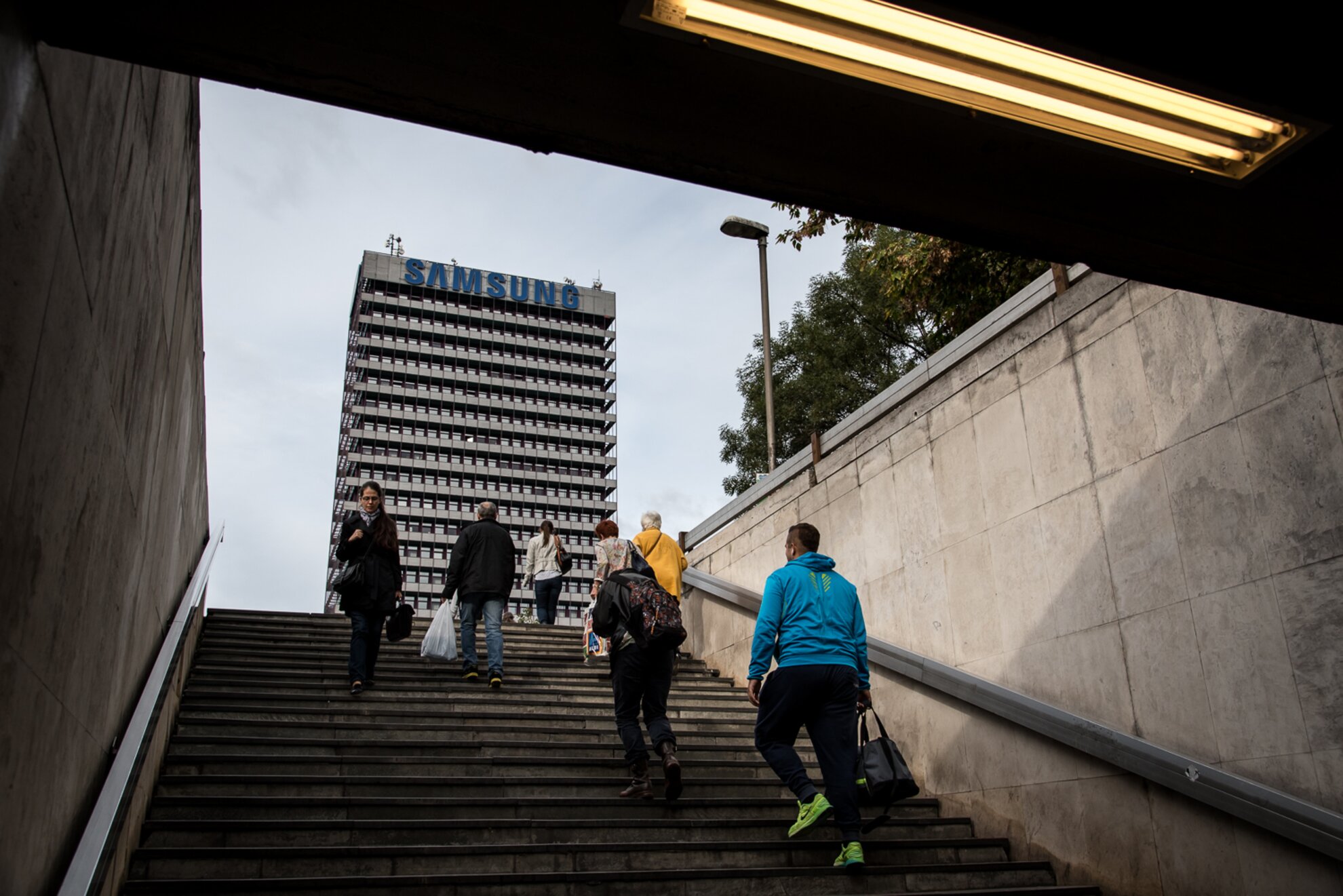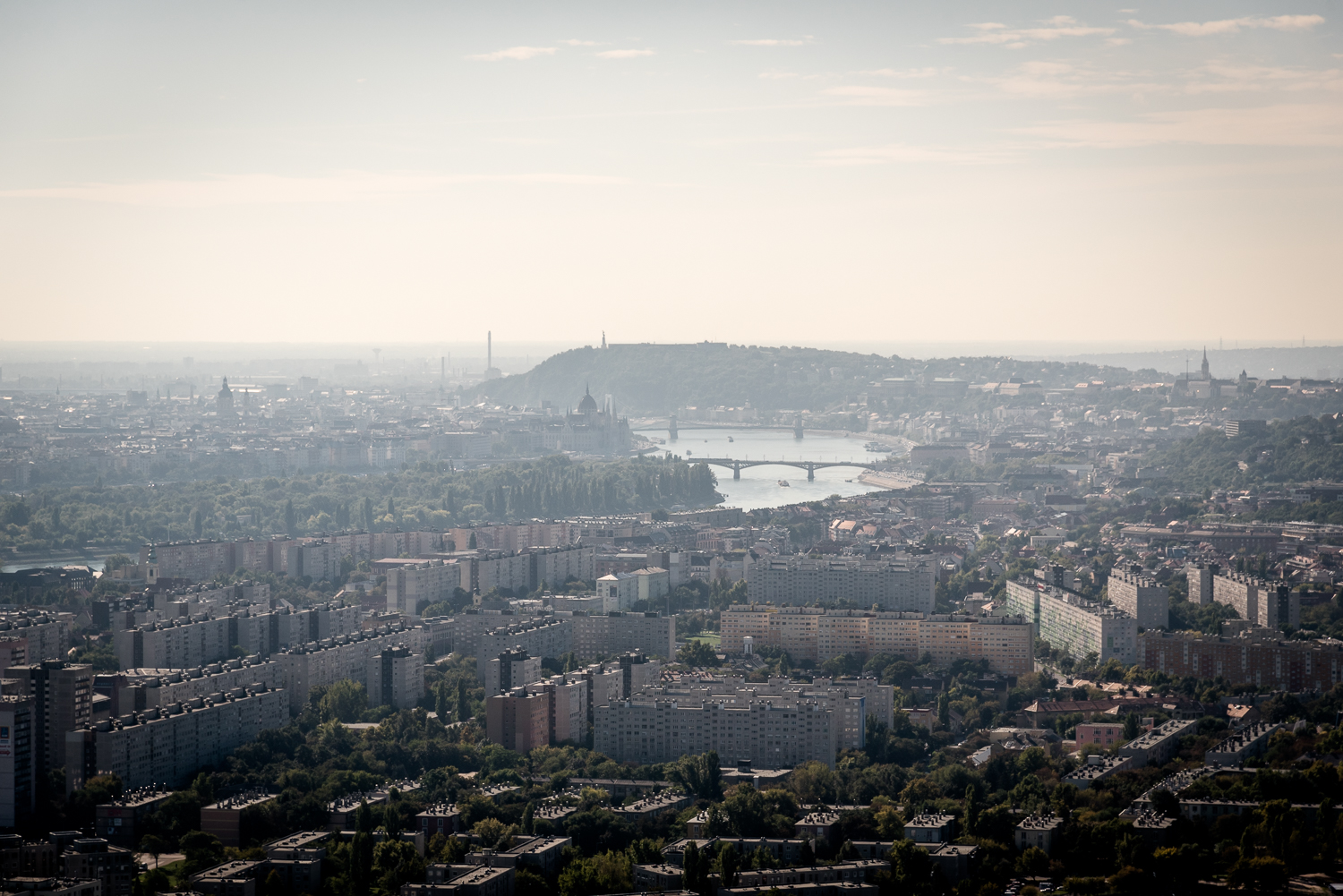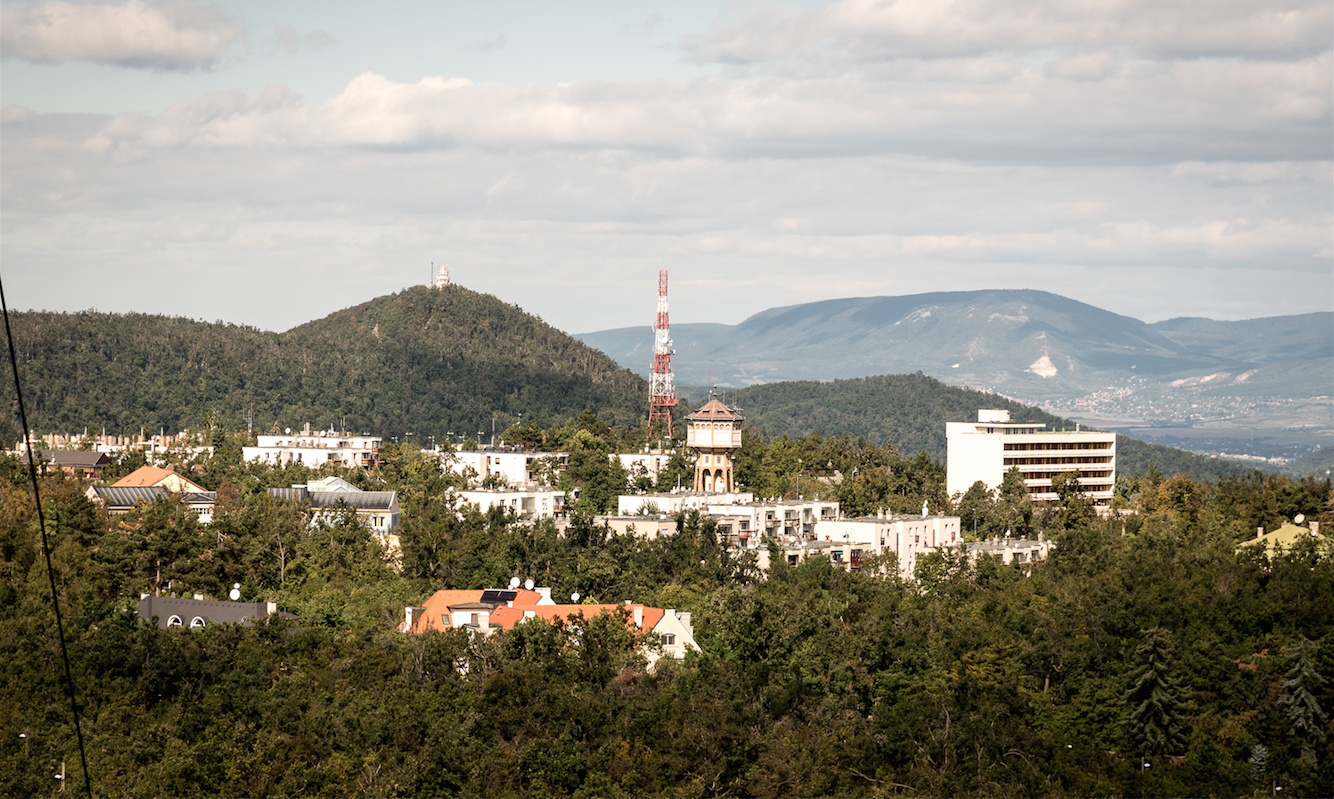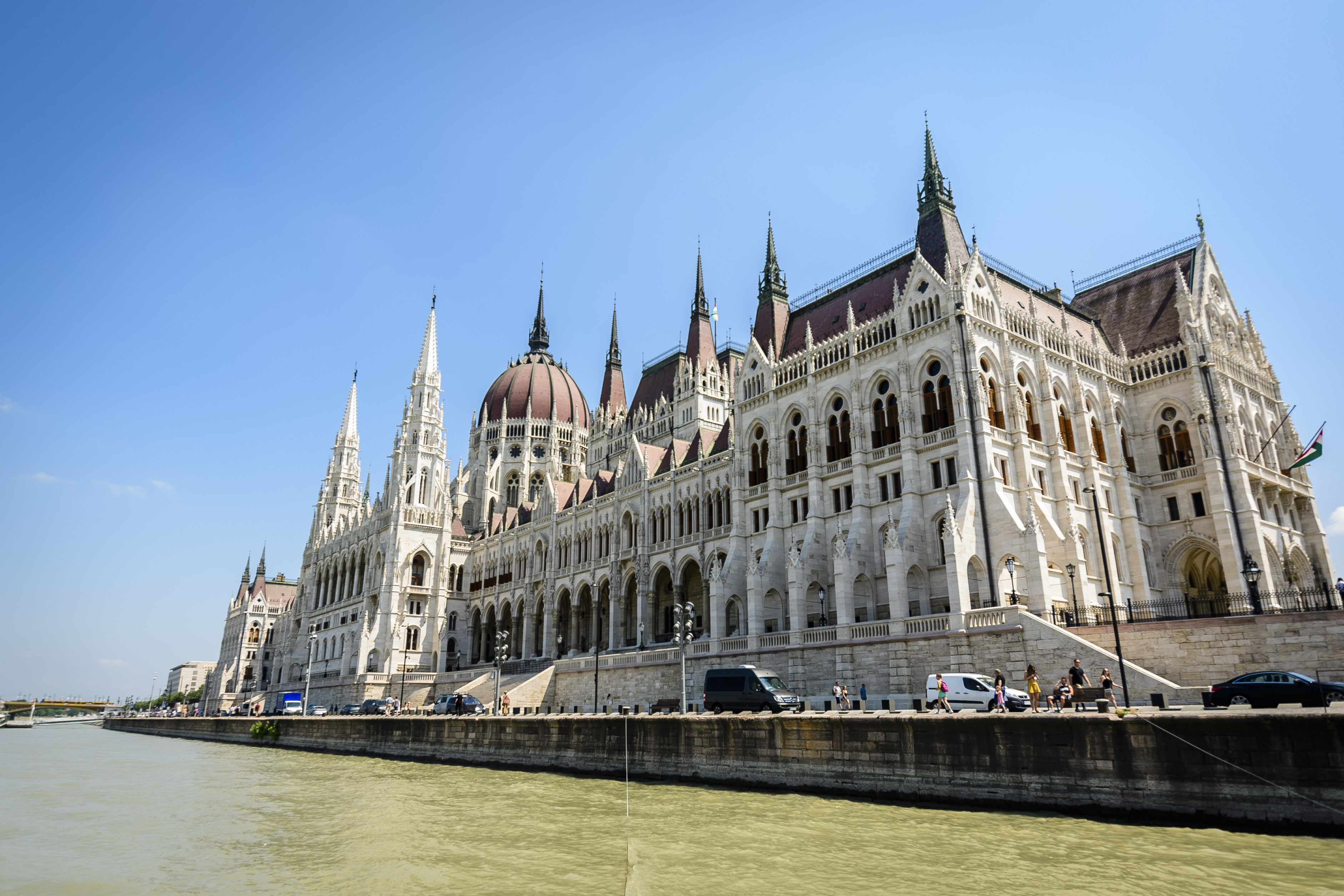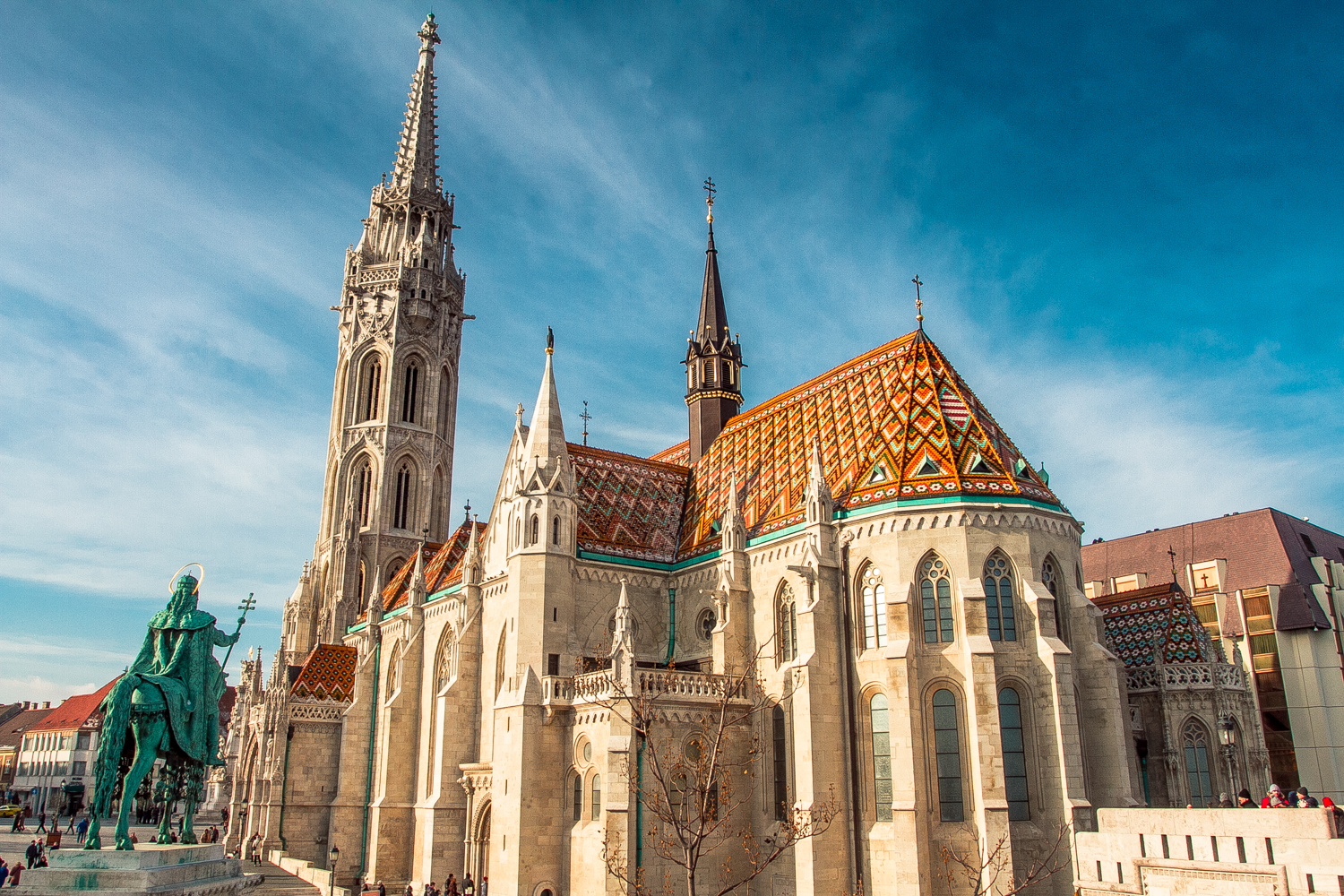Table of Contents
- 1 / 10 - -
- 2 / 10 - North Buda Thermal Power Station smokestack (203 m)
- 3 / 10 - Széchenyi Hill radio tower (192 m)
- 4 / 10 - Száva Street radio tower (154 m)
- 5 / 10 - Parliament (96 m)
- 6 / 10 - St. Stephen’s Basilica (96 m)
- 7 / 10 - Nagyvárad Square tower, Semmelweis University (86 m)
- 8 / 10 - Szent László Parish Church (83 m)
- 9 / 10 - Matthias Church (78 m)
- 10 / 10 - Pension Payment Directorate (73 m)
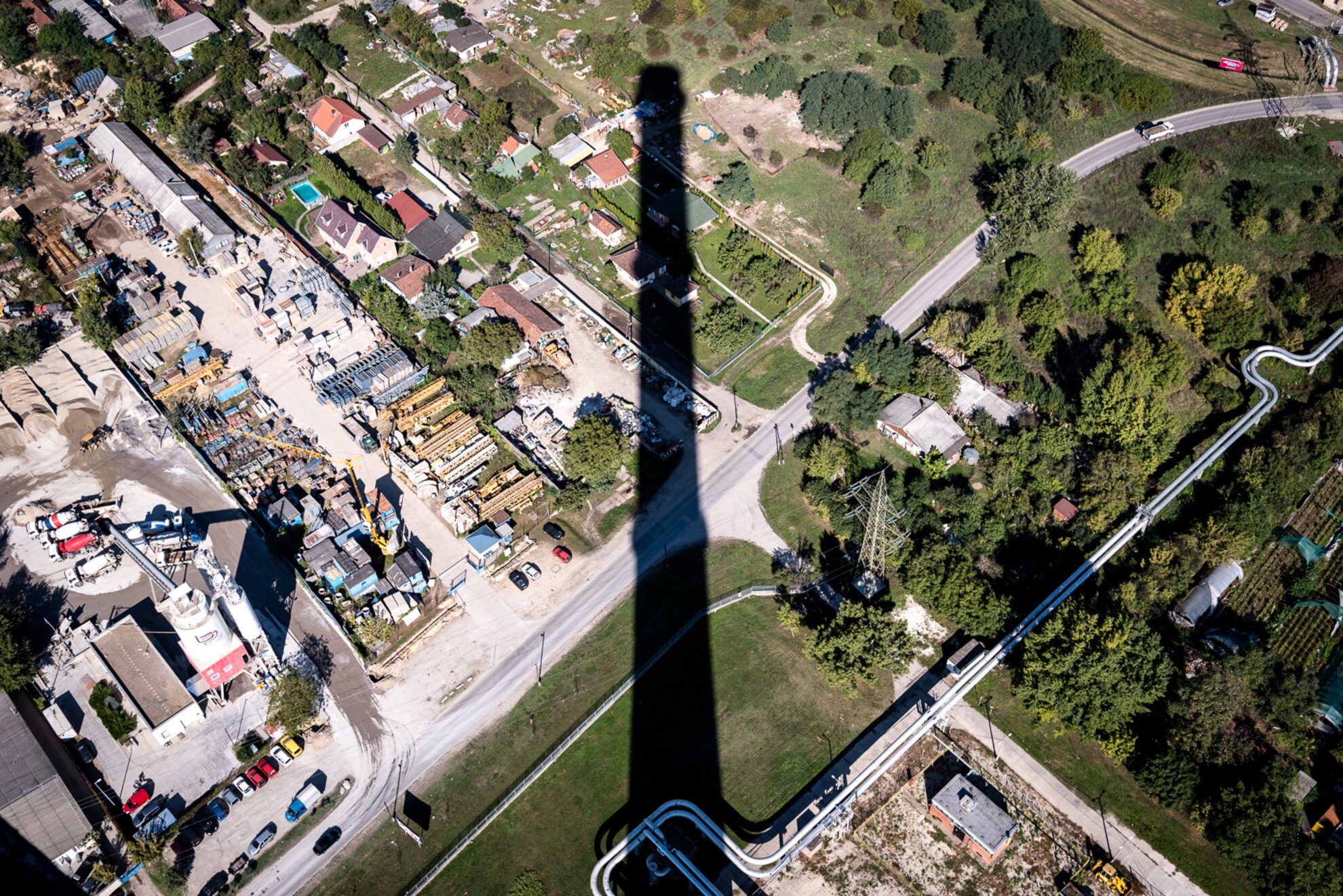
3/10
Széchenyi Hill radio tower (192 m)
Comprising 11 stories, the 55-meter radio tower at the peak of Széchenyi Hill was completed in February of 1958. Some of the antennas are mounted on the balcony, while a single 39-meter antenna is mounted on the very top, bringing the total height of the building to 94 meters. The studio that once operated here has since moved to the former Stock Exchange Palace at . In the mid-1970s, a 192-meter iron structure was constructed next to the original building, secured to the ground with three anchored cables. Three ladders provide access to the top of the tower, but the upward climb can be quite a challenge, especially in stronger winds. During the installation of the new digital-television (DVB-T) infrastructure in 2008, the entire antenna system was replaced with the help of a helicopter. The tower is currently managed by Antenna Hungária.
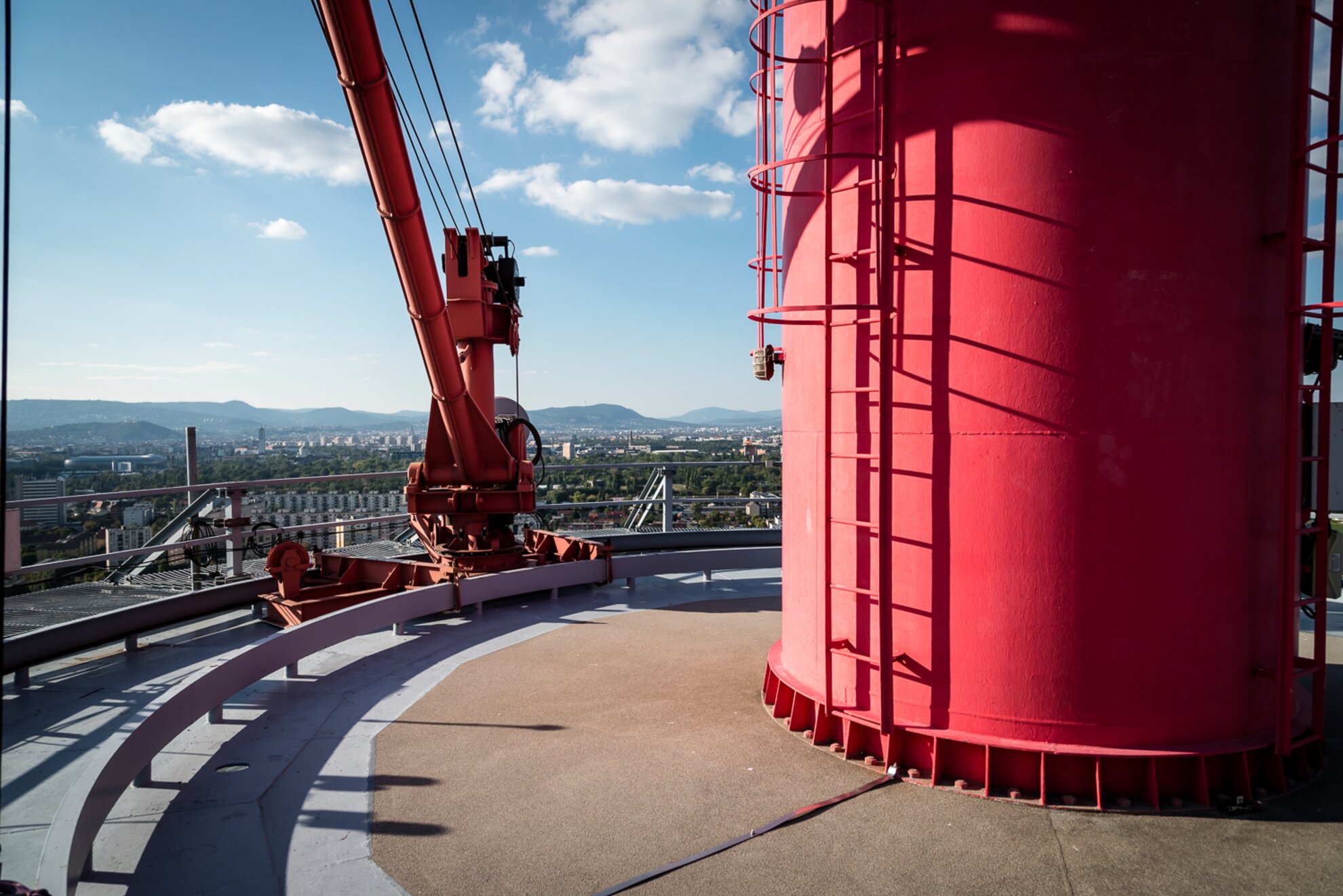
5/10
Parliament (96 m)
The masterpiece of Imre Steindl, the Hungarian House of the Nation, is one of the biggest parliament buildings in the world, measuring 268 meters in length and 96 meters in height (an allusion to the year of the country’s foundation in 1896). The magnificent building, which has been the jewel of the Danube bank since 1904, seems excessive in size by modern standards, but let’s not forget that at the time of its construction, the area of the country was three times bigger than today. Another factor to note is the role that this monumental building was set to play in urban development: it was meant to be a counterpoint to Castle Hill on the opposite bank of the river. While the uppermost part of the majestic dome is rarely open to visitors, the hall just below, which houses the Holy Crown of Hungary, attracts hundreds every day.
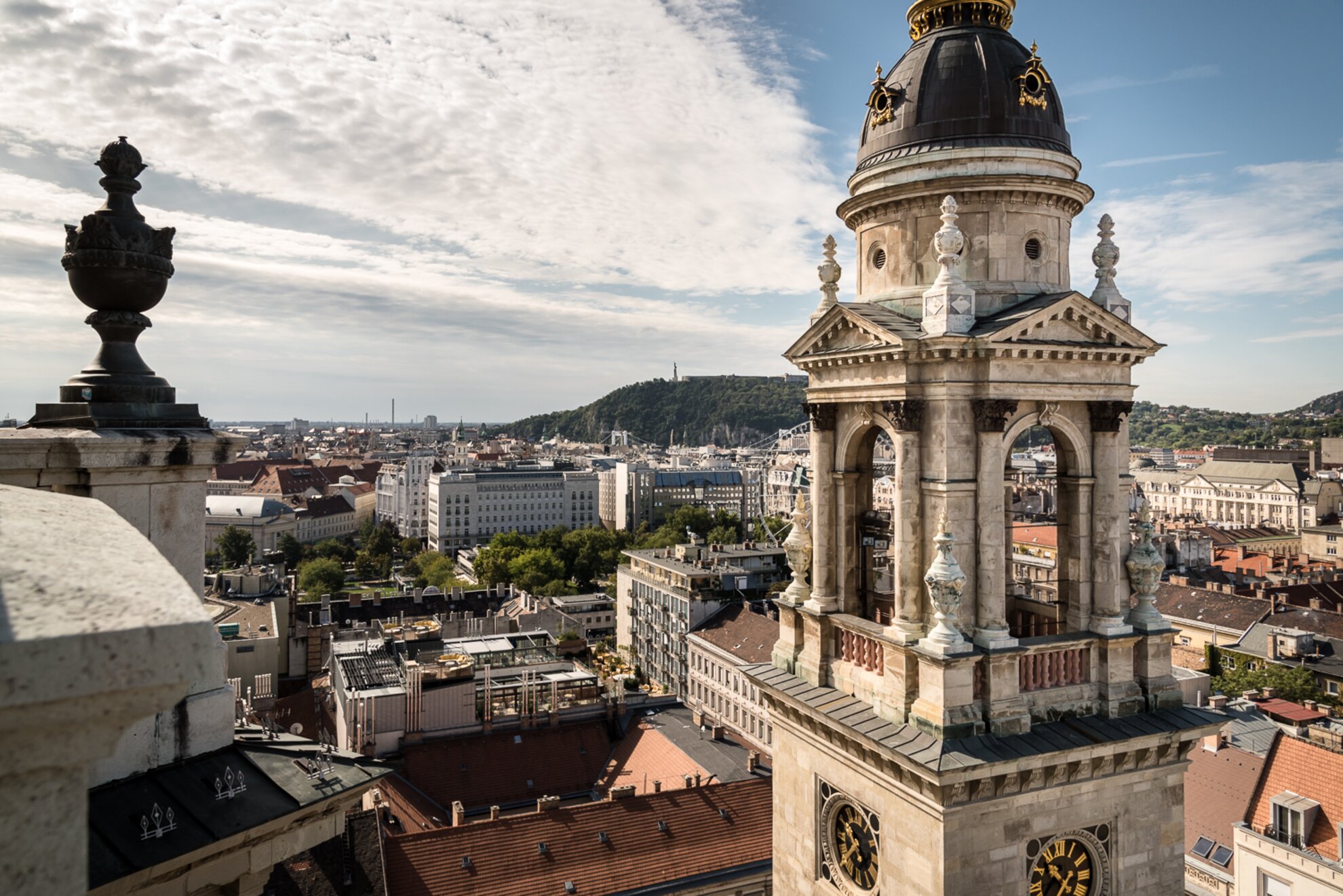
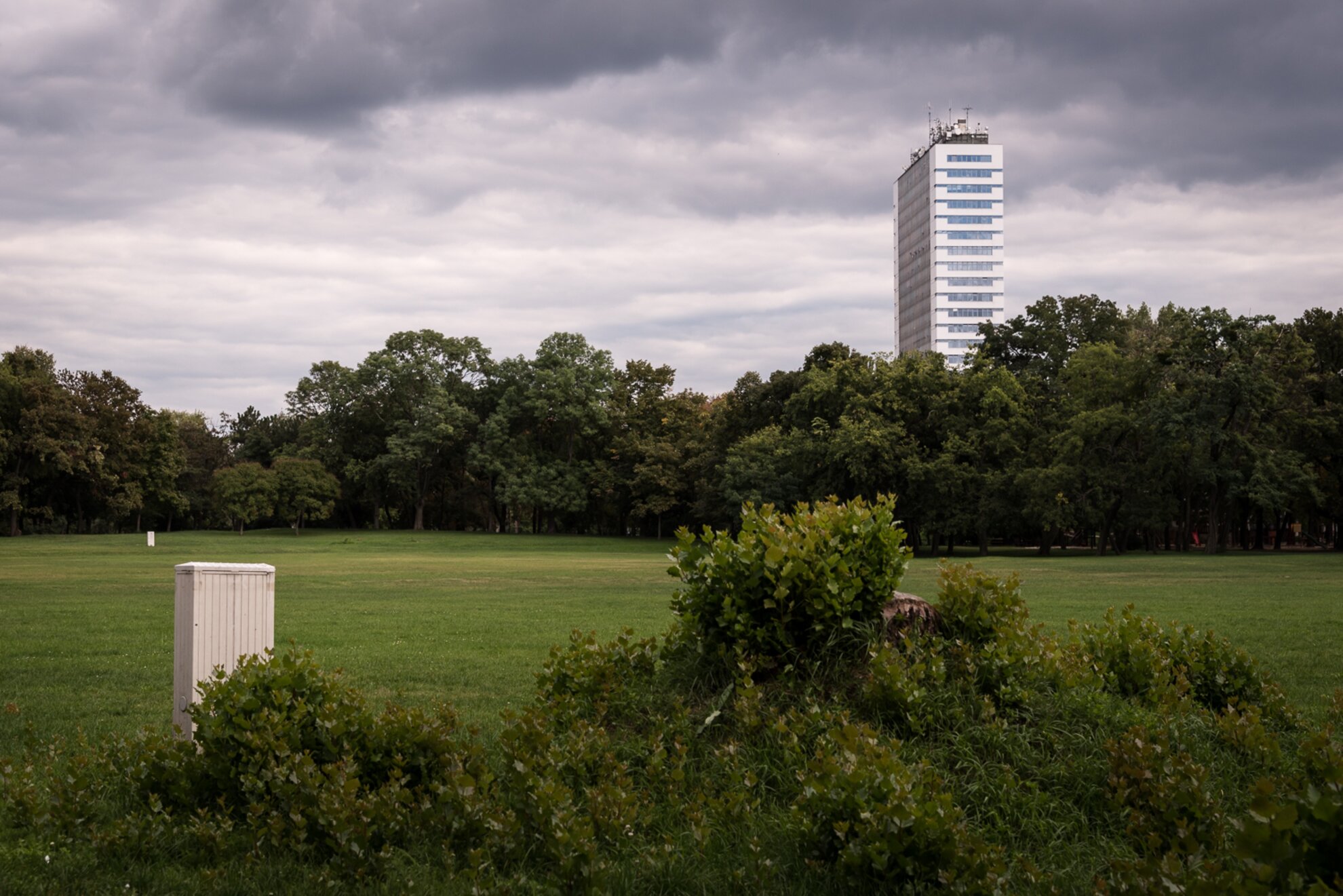
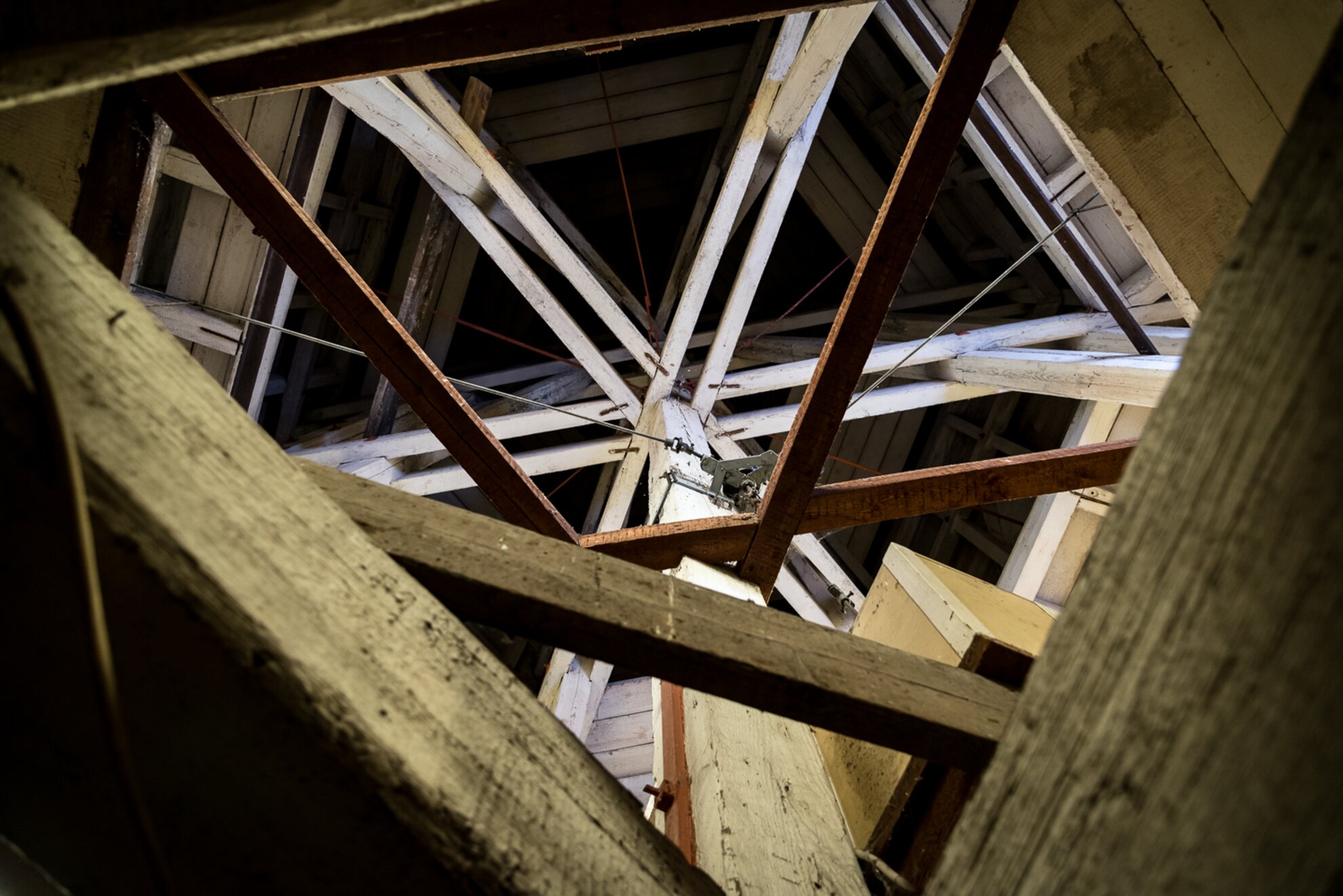
9/10
Matthias Church (78 m)
Originally called the Church of Our Lady, Matthias Church was founded in the 13th century, and has since become one of the most famous attractions of Budapest, dominating the skyline of Buda together with the adjacent . The church went through a major transformation between 1874 and 1896, with Frigyes Schulek being responsible for creating the reimagined design. The iconic building has a taller southern tower named Mátyás Tower, and a shorter, less-decorated counterpart called Béla Tower. The gorgeous stone carvings and the intricate lace-like and arched details of the spire make Mátyás Tower the most characteristic element of the façade. A robust, neo-Romanesque style, north-facing tower was included in the plans used during the 19th century renovation, but the idea was eventually rejected. After a recent renovation, Mátyás Tower is now open to visitors: anyone can explore the tower’s most beautiful features – namely the enormous bells, the weathervane, the colorful Zsolnay tiles, and the unique panorama – by joining hourly guided tours. Read our previous article about the church’s recent beautification .
